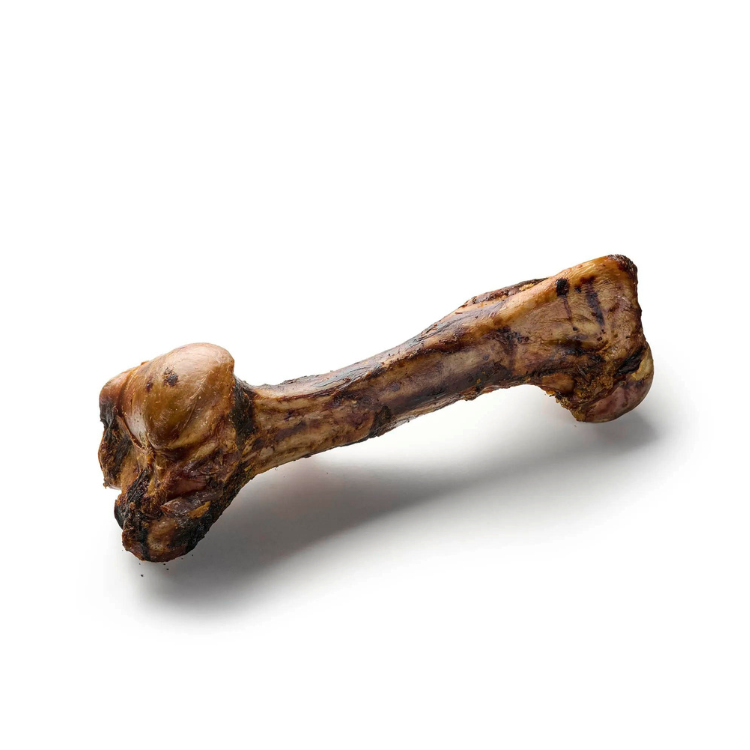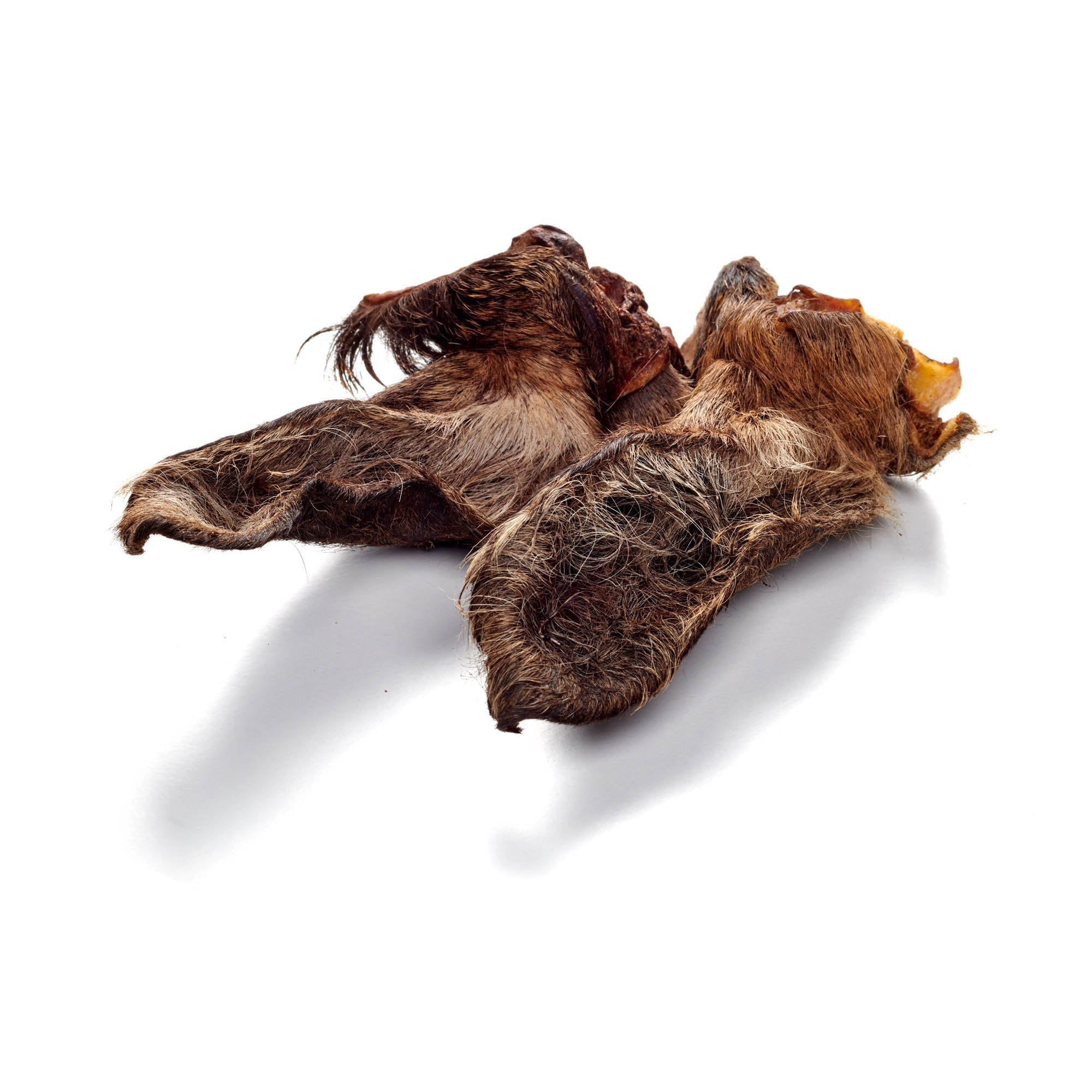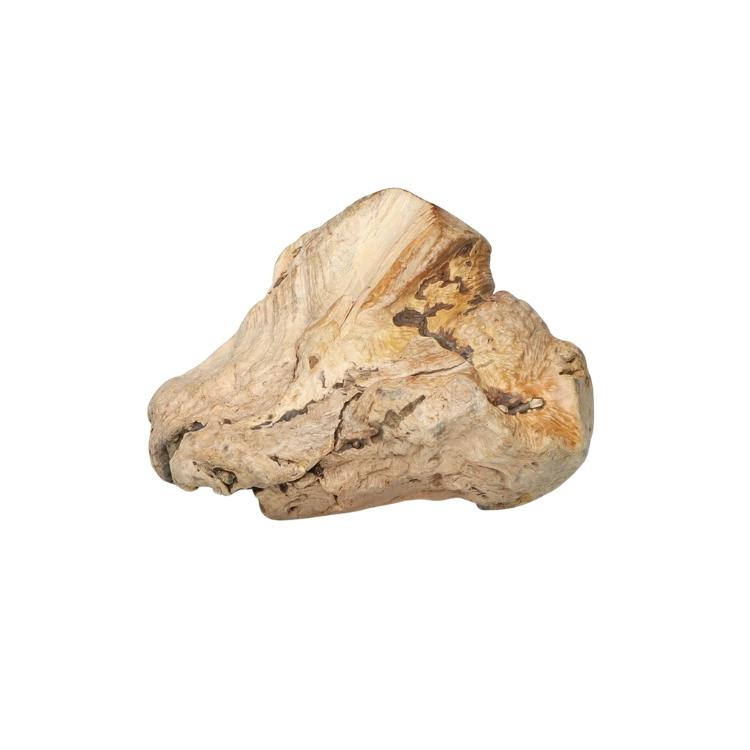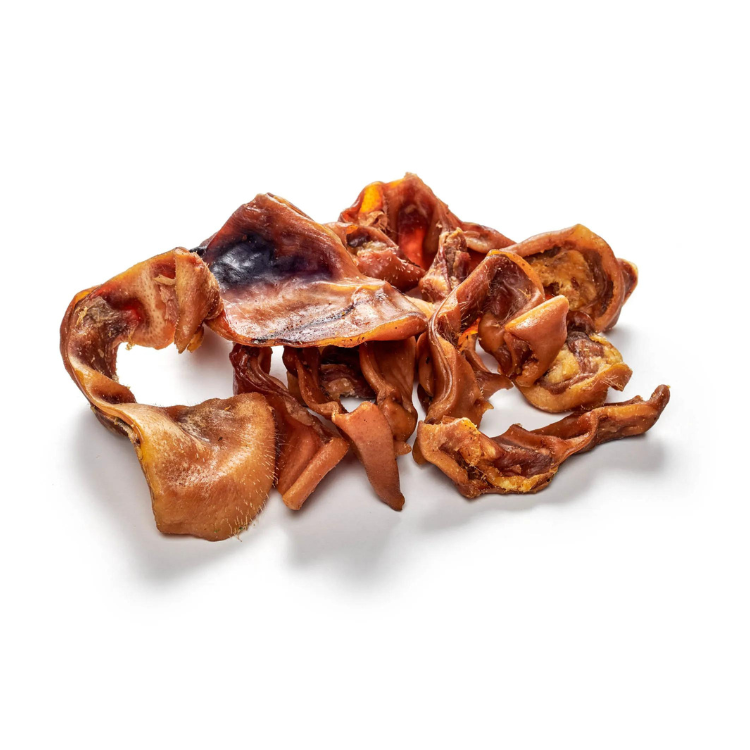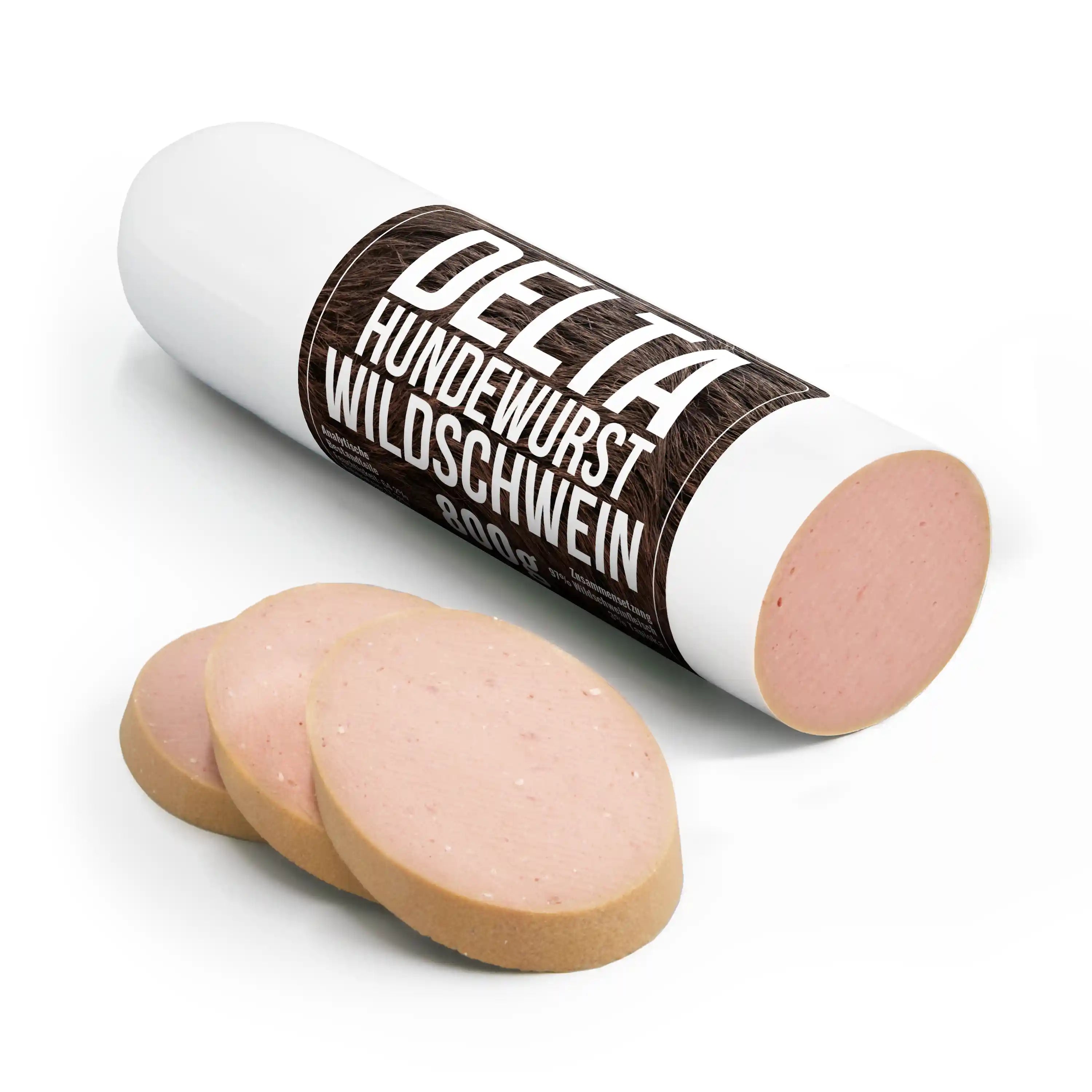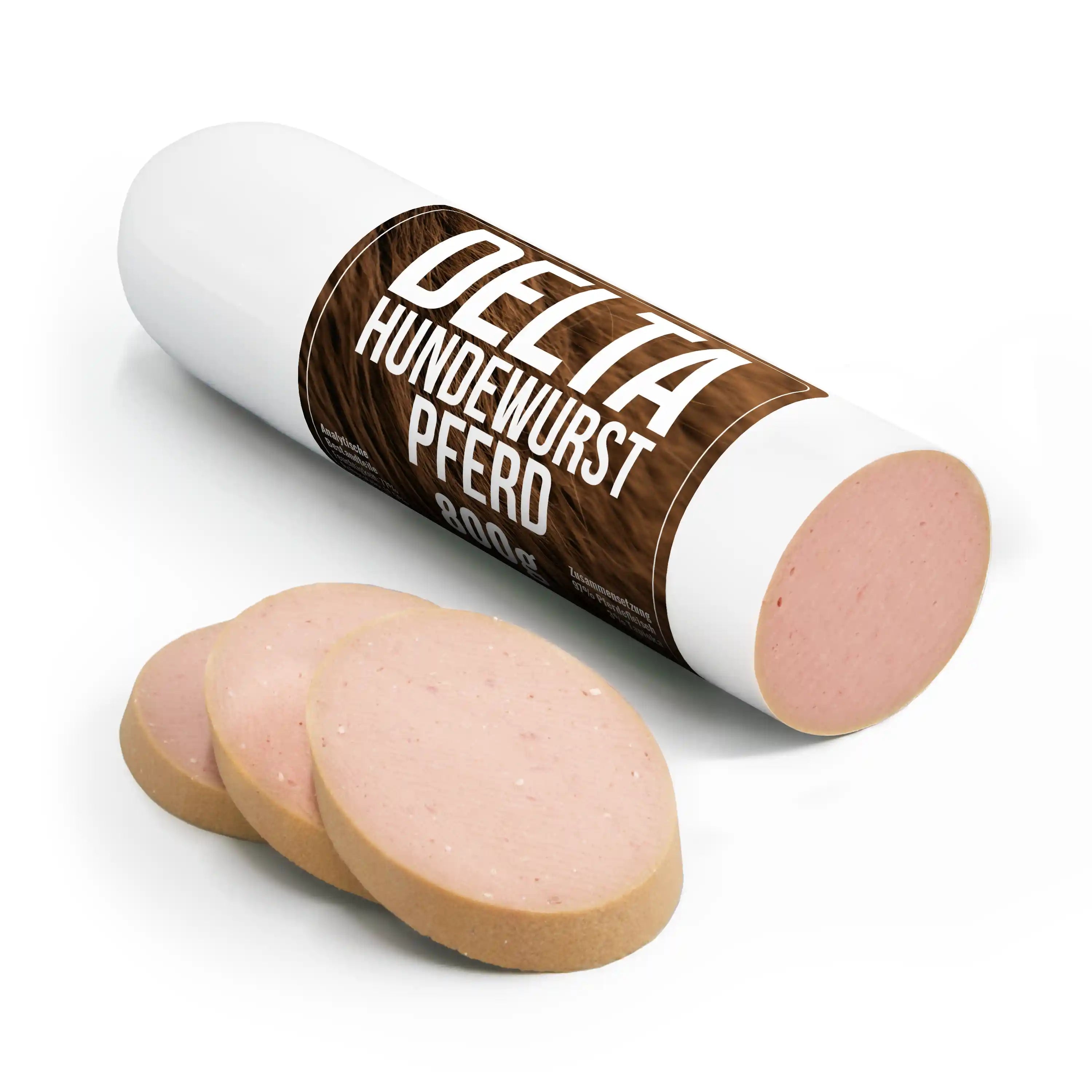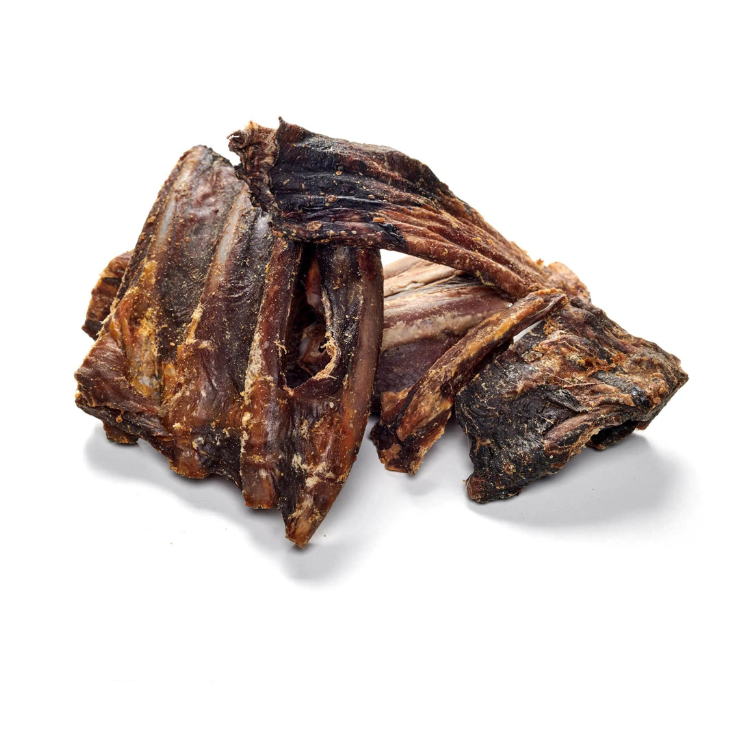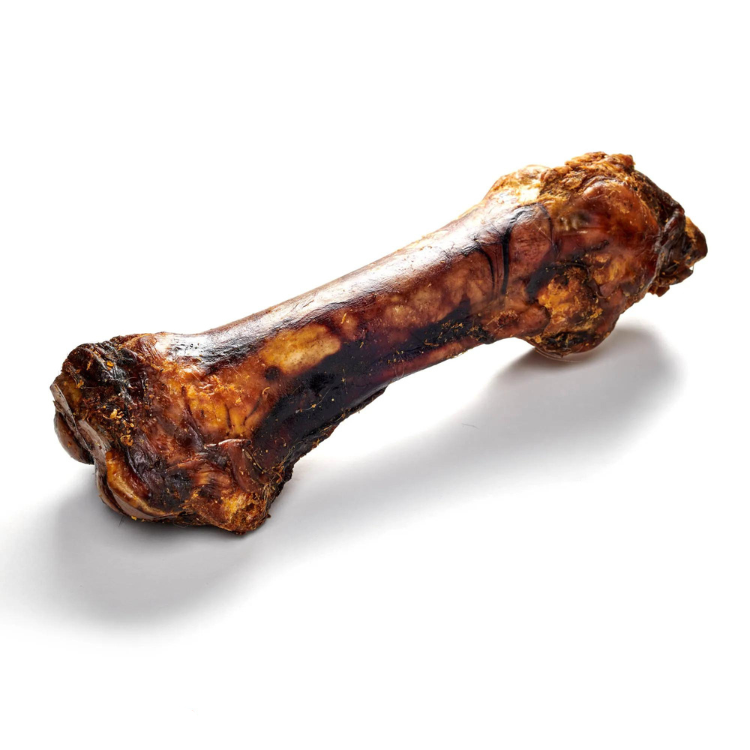
Proper care of dog paws in summer
Share
Summer is a time of adventure and outdoor activities that bring many joys to both humans and dogs. While we look forward to the warm weather and plan our outdoor leisure time, we should not forget that our dogs also need to be prepared for this season. The paws of our four-legged friends in particular require special attention during the summer months.
Content: Proper care of dog paws in summer
- Dangers for dog paws in summer
- Basic care tips for the summer months
- Moisturizing and injury prevention
- Training and getting used to paw protection
- Importance of regular paw inspections and paw care
- Influence of diet on dog paws
- Conclusion
Reward your dog with our high-quality chew products!
Hot surfaces, chemical irritants and natural hazards can take a toll on paws and cause painful injuries. This detailed article explains how to properly care for dogs' paws in the summer to ensure they have a safe and comfortable time.Dangers for dog paws in summer
Summer brings not only beautiful weather, but also a number of dangers for the paws of our beloved dogs. Here are the main risks and how to avoid them.
Hot surfaces: asphalt, sand and concrete
Anyone who has ever burned the soles of their feet will know what it's like. On hot summer days, asphalt, sand and concrete can reach extremely high temperatures and thus pose a serious danger to our dogs' paws. These surfaces store the heat of the sun and can cause burns on the sensitive pads of the paws if they come into direct contact.
A simple test to determine if the ground is too hot is to place the palm of your hand on the surface for a few seconds. If it is too hot to hold your hand on, it is also too hot for the dog's paws. You should especially avoid these surfaces during the midday hours. Early morning or evening walks, when temperatures are cooler, are more pleasant and safer for the dog.
Chemical irritants: fertilizers, road salt residue, pool chemicals
In addition to hot surfaces, there are also chemical hazards that are more prevalent in summer. These can cause significant damage to your dog's paws. Fertilizers on lawns, residue from road salt, and pool chemicals like chlorine can dry out paw pads and cause cracks. It is important to avoid contact with these substances and to clean paws thoroughly after a walk or after swimming.
Natural risks: thorns, sharp stones, insects
Nature also poses dangers for our dogs' paws, especially in summer when more time is spent outdoors. Thorns, sharp stones and prickly plants can injure the pads of the paws. Insect stings and bites from ants, bees or wasps can also be painful and cause allergic reactions. Regular checks of the paws after walks in nature are important in order to detect and treat injuries early.
Basic care tips for the summer months
Caring for your dog's paws requires special attention in the summer. Here are some specific measures to keep your furry friend's paws healthy and injury-free.
Frequency of paw checks and what you should pay attention to
Regular paw checks are essential to identify and correct problems early. Ideally, paws should be checked daily, especially after walks on hot or rough surfaces. Look for cracks, cuts, swelling and discoloration.
Inspecting the spaces between the toes is also important, as dirt, small stones or other foreign objects can easily accumulate there, causing irritation or infection. Clean the paws thoroughly and carefully remove any foreign objects.
Importance of paw protection through special shoes or waxes
Paw protectors are an effective way to prevent injuries caused by extreme temperatures and rough surfaces. Paw protector shoes or socks provide an additional layer of protection that prevents burns and injuries. Paw protectors are particularly useful on longer walks on hot asphalt or rough terrain.
Alternatively, special paw waxes can be used that form a protective barrier and protect the paws from heat and cold. These waxes should be applied to the paw pads before each walk and also provide moisture that prevents cracks and dryness.
Tips for cleaning paws after walks
After walks, it is essential to clean the paws thoroughly to remove dirt and chemicals. A simple method is to wipe the paws with a damp cloth. If the paws are heavily soiled, a mild soap solution can be used.
Cleaning is especially important after contact with chemical irritants such as fertilizers or pool chemicals. After cleaning, the paws should be dried thoroughly to avoid moisture buildup and associated skin irritation.
Make your dog happy with our tasty chews!
Moisturizing and injury prevention
Proper moisturizing helps prevent dryness and cracking. Here are some products and home remedies that can help.
Products for paw moisture and their correct application
There are numerous products on the market that are specifically designed to care for and moisturize dog paws. Creams and balms often contain natural ingredients such as aloe vera, shea butter and coconut oil, which keep the skin supple and moisturized.
These products should be used regularly, especially after walks or baths. The application is simple: apply a small amount of the cream or balm to the pads of the paws and massage gently. Make sure that the dog does not lick the cream off immediately so that it has enough time to absorb and take effect.
Home remedies and natural alternatives for paw care
In addition to commercial products, home remedies can also provide an effective and natural alternative to paw care. Coconut oil, for example, is an excellent moisturizer that has anti-inflammatory and antibacterial properties.
It can be applied directly to the paws and gently massaged in. Olive oil and shea butter are also good natural moisturizers that keep the paws supple and protect them from dryness. These natural remedies are particularly suitable for dogs that are sensitive to chemical ingredients.
First aid measures for cuts or abrasions
Minor injuries to the paws can happen quickly and should be treated immediately to avoid infection. For minor cuts or abrasions, it is important to clean the wound thoroughly first. Use an antiseptic solution or mild disinfectant. After cleaning, the wound should be covered to protect it from dirt and further injury. A light bandage can help keep the wound clean and aid the healing process. For deeper cuts or serious injuries, it is advisable to consult a veterinarian.
Training and getting used to paw protection
Patience and training are required for the dog to accept the paw protection and get used to it.
Getting used to paw protection shoes: step-by-step instructions
Getting used to paw protection shoes can be a challenge for some dogs. Start with short wearing periods at home and let the dog slowly get used to the feeling of the shoes. Increase the wearing time gradually and reward your dog for his cooperation to create a positive association. A step-by-step guide could look like this:
- Introduction of the shoes: Let the dog sniff and examine the shoes without putting them on.
- Fitting: Put the shoes on for a short time and let the dog walk around the house with them.
- Short walks: Take short walks in the garden or on familiar paths.
- Increasing the wearing time: Gradually increase the wearing time and the distance of the walks.
- Reward and praise: Reward the dog regularly to reinforce the positive experience.
Alternative protection methods: When do they make sense?
In some situations, alternative methods such as applying paw wax can be a practical solution. These provide protection without the dog having to get used to wearing shoes. Paw waxes are particularly useful on shorter walks or for dogs who have difficulty accepting shoes. Another useful tool is paw balms, which provide moisture as well as protection. They are easy to use and can easily be taken along on the go to care for paws when needed.
Importance of regular paw inspections and paw care
Consistent care and regular inspection of the paws are crucial to ensuring long-term paw health. Daily checks allow problems to be identified early and treated before they develop into serious injuries. Paw care should be an integral part of the daily routine. In addition to cleaning and moisturizing, this also includes trimming the claws and checking for signs of infection or injury. By regularly checking and caring for the paws, you are making a significant contribution to the dog's health and well-being.
Influence of diet on dog paws
A balanced diet plays a crucial role in the health of a dog's paws. The right nutrients not only support the dog's overall health, but also help to keep the skin and pads supple and resilient. Omega-3 fatty acids are particularly important here as they reduce inflammation and improve skin health.
These fatty acids are found in fish oils, salmon, flax seeds and chia seeds. Biotin is an essential vitamin for skin and hair health and helps strengthen paws. Biotin is found in eggs, liver and whole grains.
Zinc supports wound healing and the maintenance of healthy skin and is found in meat, eggs, pumpkin seeds and spinach. Vitamin E acts as an antioxidant and helps to retain skin moisture. It is found in nuts, seeds, spinach and broccoli. Collagen strengthens the skin structure and supports the elasticity of the paw pads. Bone broth and collagen supplements can be a good supplement.
Recommended foods and chews
- Salmon Training Snack : Rich in omega-3 fatty acids, supports skin health and reduces inflammation.
- Salmon Skin, Strips : Provides a good source of omega-3 fatty acids and is a healthy snack.
- Salmon Taler mini : An excellent source of biotin and proteins that strengthen the skin and coat.
- Freeze-dried salmon fillet : intense flavour and rich in nutrients.
By incorporating these nutrients and foods into your dog's diet, you can ensure his paws stay strong and healthy, ready for all the adventures summer has to offer.
Conclusion
Proper dog paw care during the summer is crucial to your dog's well-being and health. With the right techniques and a little preparation, you can ensure your four-legged friend can enjoy the warm months safely and comfortably. By paying attention to paw needs and taking preventative measures, many potential problems can be avoided. By following these tips and with regular grooming, your dog will have a safe and happy summer, ready for any activity you plan together. A commitment to paw care will pay off and help keep your dog happy, healthy, and ready for all the adventures summer has to offer.
First-class dog chews for happy sniffing noses available here!

